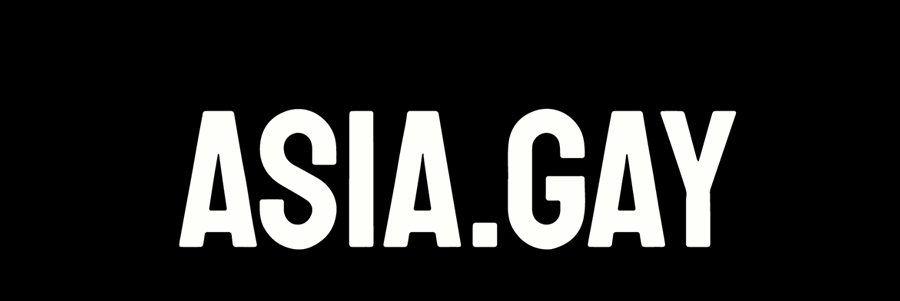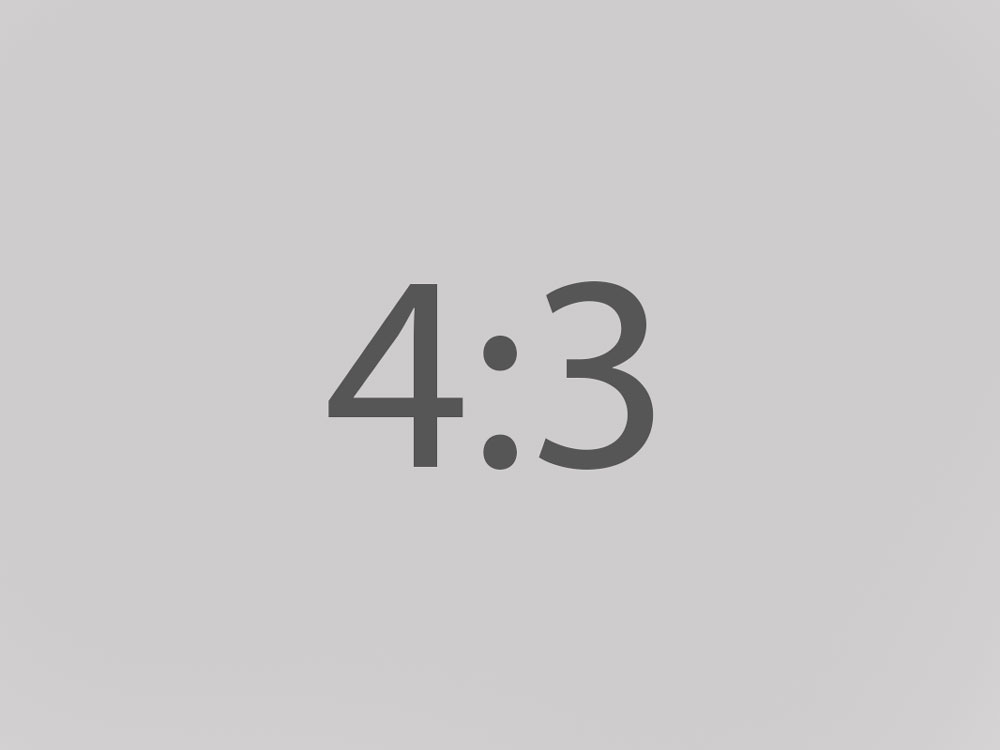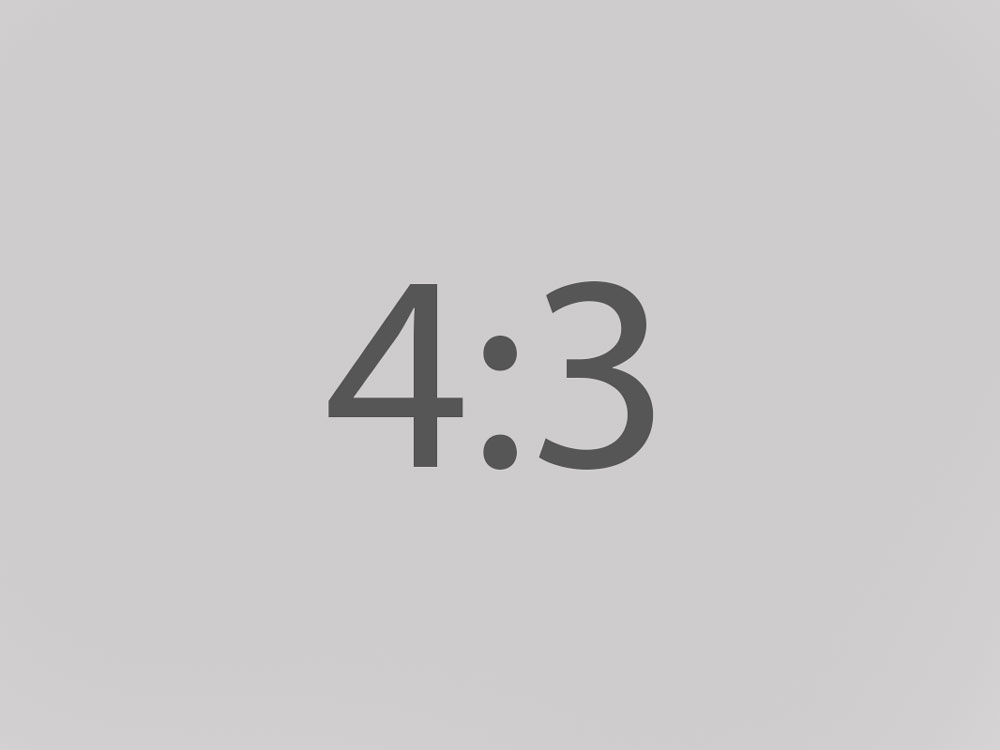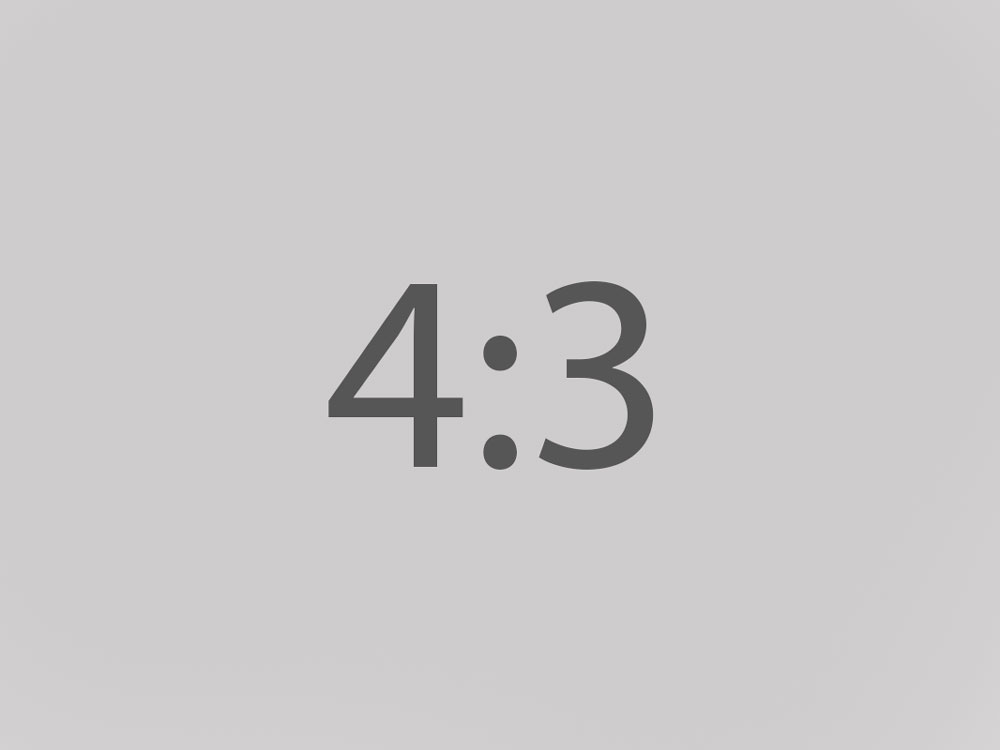
The greatest obstacles of best HIV treatment and prevention in Manila, the Philippines
Manila vs HIV: What’s Really Blocking the Best Care? (And How to Beat It)
In the heart of Southeast Asia’s bustling capital, where the traffic is legendary and the street food is unbeatable, there’s a fight happening behind the scenes — a fight against HIV.
Despite modern medicine having all the tools to stop HIV in its tracks, Manila is still wrestling with rising infections and patchy access to care. But why? In a city full of smart, resilient people — what’s standing in the way?
1. Stigma: The Silent Epidemic
- Let’s be real — the biggest virus might not even be HIV. It’s the stigma that surrounds it.
- Even in 2025, fear of judgment keeps many from getting tested or treated. Say “HIV” in public and you’ll feel the room freeze. For LGBTQ+ folks, sex workers, or people who use drugs, that fear multiplies.
The Fix:
More clinics like PULSE CLINIC Manila are stepping in with non-judgmental, inclusive, and confidential services. You can walk in, get tested, and walk out — empowered. No drama.
2. Limited Awareness of Modern Prevention Tools
Ask your average Manileño about PrEP (Pre-Exposure Prophylaxis) or PEP (Post-Exposure Prophylaxis), and you might get a blank stare. These life-saving meds can prevent HIV transmission before or after exposure — but they're still not part of everyday conversation.
What sunscreen is to the beach, PrEP is to sex. Use it before, and you're protected.
The Fix:
- We need more public education campaigns — on TikTok, buses, billboards — shouting:
“HIV prevention is science, not a secret.” - PULSE CLINIC (yep, they’re everywhere across Asia!) offers PrEP and PEP consults with international standards of care. Plus, they do it with colorful vibes, free condoms, and zero judgment.
3. Access Gaps: Urban Convenience vs Rural Invisibility
Sure, Metro Manila has clinics. But if you live in Caloocan, Muntinlupa, or anywhere beyond the CBD bubble, you might be miles (and hours) from the nearest HIV specialist. Transportation cost, wait times, and work schedules often stop people from following up.
The Fix:
Mobile clinics, telehealth, and same-day prescriptions are the future. The city needs to decentralize care. PULSE CLINIC already does express appointments and follow-ups via WhatsApp or LINE. Imagine if the whole public health system followed suit?
4. Policy Bottlenecks & Bureaucracy
- Government support exists — but it’s tangled in red tape. Long waits, confusing paperwork, and inconsistent supply of antiretrovirals (ARVs) can push patients away.
- While DOH initiatives like LoveYourself are working hard, funding gaps and outdated processes slow progress.
The Fix:
Let the public-private partnerships thrive. Clinics like PULSE CLINIC bring speed, discretion, and international expertise. If government systems could adopt their pace and polish? Game over for HIV.
5. Youth Culture & Digital Misinformation
Today’s youth live online — but the internet is a double-edged sword. Misinformation about HIV, especially from influencers or fake “health” pages, leads to confusion. Some even believe HIV is “no longer real.” Spoiler: It is.
The Fix:
Educate with style. PULSE CLINIC uses colorful campaigns, sexual health memes, and real human stories. Clinics and educators need to meet Gen Z where they are: on TikTok, IG Reels, and Twitter threads — with facts, not fear.
So... What Now?
The tools are here. The science is solid. The only obstacles left? Outdated thinking, inefficient systems, and stigma. Manila is ready for a revolution in sexual health — and it starts with people getting informed, getting tested, and speaking up. Clinics like PULSE CLINIC Manila are changing the game, one test at a time.
Book online or just drop in at PULSE CLINIC (Social Enterprise)
Contact us at pulseliving@pulse-clinic.com or via your preferred platform.
Your health, your rules. But now? You’ve got no excuse.
 Parnrawee Wadbua
Parnrawee Wadbua



